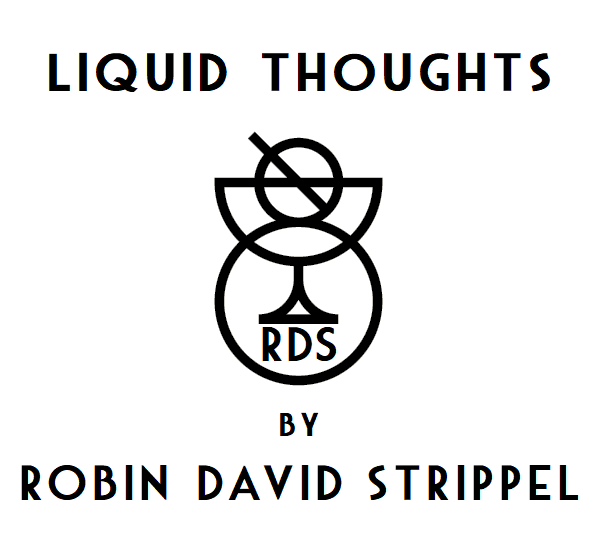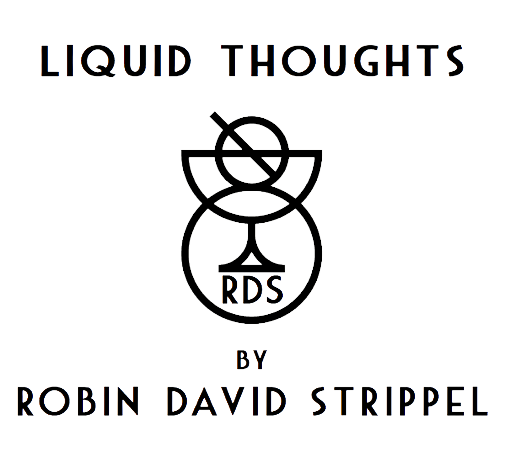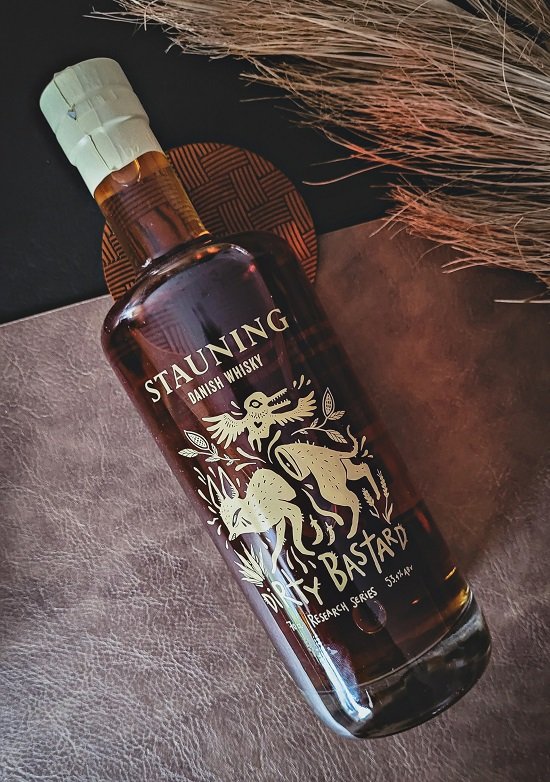Stauning Dirty Bastard Rye
Origin: Denmark / 53,4% / Price: ca. 69€
Stauning is a very fascinating case of enterpreneurship in the whisky industry. Founded in rural Denmark in 2005 by true whisky fans (nine of them) with all kinds of professional backgrounds, the young Danish company has quickly developed into one of the flagship projects of the international whisky scene in the 21st century. You have to realize that a young start-up made up of people who had no direct professional involvement in whisky production has managed to be regarded as possibly the best whisky in continental Europe within just over 15 years.
You may think what you want about Jim Murray, but to be told by him — for their peated whisky — that it reminds him of 1970s Ardbeg is a statement in itself. Unfortunately, despite some 1970s Ardbeg experience, we cannot verify the comparison experimentally in this review, since we are talking about a different product of their range…
Back to the short summary: The initial hobby project quickly became something bigger, both in the real and figurative sense. The company was constantly expanded and can these days be visited in the town of Skjern. As the company grew, the town also grew in return and restaurants were built alongside houses and schools, which even boosted tourism.
The hard facts about the production at Stauning: Only local ingredients are used, which makes it an absolute role model. This is not always the case even in Scotland, let alone brands from other whisky countries, and they are the only active whisky distillery in Denmark that only uses Danish grain for whisky production. 24 stills, each with a capacity of 2,000 liters, are in operation there. Both peat and heather smoke are used for the smoky malts. It is malted directly on the floor of the distillery and distilled twice in flame-heated pot stills.
As far as the Dirty Bastard specifically is concerned: During the first maturation, the whisky was stored for three to four years in American virgin oak casks. It was then matured for six to twelve months in mezcal casks from the Mexican producer Oro de Oaxaca. Finally, the whisky was refined for a further six to twelve months in Hot Chocolate Imperial Stout casks from the Danish craft brewery “To ØI”. The Rye New Make, on which the “Research Series” is based, consists of 70% malted rye and 30% malted barley.
Nose:
The grainy notes are the main focus here, not your typical American “mainstream rye” as, the often found Christmas spice mixture is not there, rather a hearty, savory wall of slightly beery, roasted malt and rye, a light chili catch, slightly mineral and herbal notes from the Mezcal barrel, in between a hint of raw, rough cocoa and long withered tobacco with some dusty wood
Taste:
Here, too, a bread-heavy start, grains of different varieties, malt, rye, wheat, roasted, nutmeg, raw cocoa, again this light chili catch, walnuts, robust body, the alcohol is well integrated overall, however, in the second half we then find fine influences of agave, light vegetal and again mineral notes, overall downright “bitter” with a slight dirtiness
Finish:
Agave, subtle rye, limestone, green chilis, light nuts, hops
The slightly dirty nature (no surprises there concerning the name) of the bottling and the light roasted notes make it great in drinks that like to use slightly more bold and characteristic ryes to break through other flavors. We have tested it with great results in the Good Enough Gatsby and Ross Collins, for example. On the other hand, fans of rye, who can't have enough distinctive rye whisky notes in their drinks anyway, can also incorporate it into the stirred variants, in which case it really takes the limelight, be prepared for that. Here you can play around with reducing the rye-ratio slightly by 10-15% to maintain a nicely balanced result. This way it can also be incorporated well into the Bananarac and Colonial Ties, for example, and brings an exciting addition of notes to the drink.
The bottle was supplied by KIRSCH Import, thanks!




